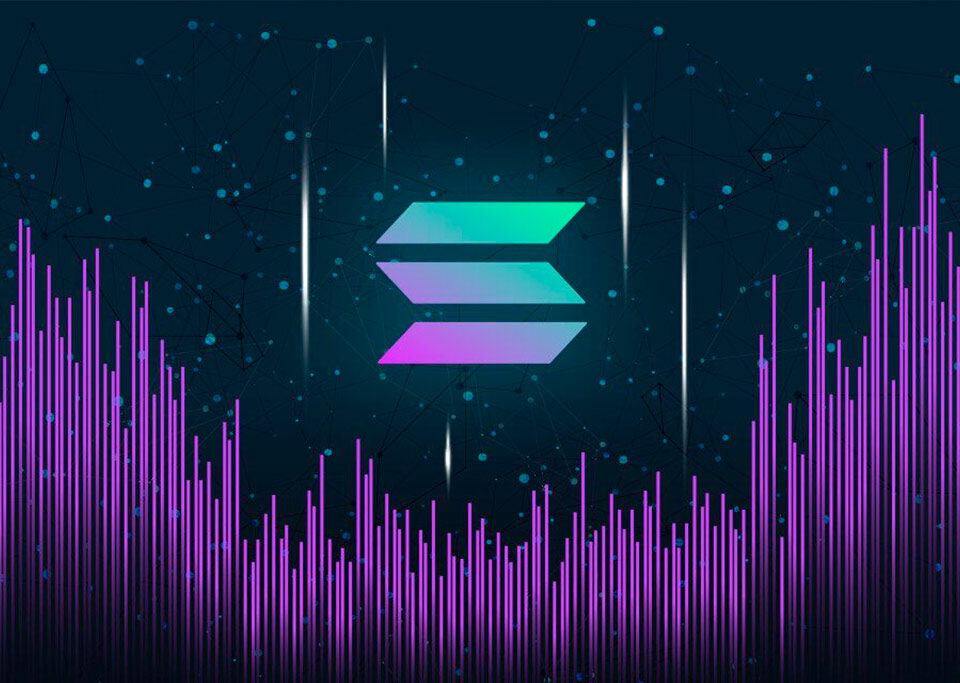- Mail:
- info@digital4pro.com
Blockchain: Permissionless vs. Permissioned

Analisi del software con la tecnica delle 3C: le User Story
3 Febbraio 2020
Blockchain: Permissionless vs. Permissioned
10 Febbraio 2020Blockchains are thus defined in art. 8 of Law no. 12 of 11 February 2019 containing the “Technologies based on distributed registers and smart contract “: “defined as “Technologies based on distributed registers” as the IT technologies and protocols that use a shared, distributed, replicable, simultaneously accessible, architecturally decentralized on a cryptographic basis , such as to allow the recording, validation, updating and archiving of data both in clear text and further protected by encryption verifiable by each participant, which cannot be altered and cannot be modified “.
The question is: are the block chains all the same?
Of course, all blockchains have security as a common element. The sharing of data which, replicated in all nodes, are thus protected from the typical vulnerabilities of centralized architectures. Since the data cannot be made inaccessible and cannot be modified, a cyber attack should be launched on all the nodes making up the blockchain.
Another theme common to all types of blockchains is the integrity of the data, its immutability. The data reside on all the involved nodes and, since each block is tied with encrypted solutions and timestamped to the previous block, the data cannot be manipulated at all.
The differences between the types of blockchains then lie in the methods of accessing data, in the verification and validation of the blocks, in the mechanism of consent and in the rules for participation in the blockchain.
There are therefore characteristics that allow us to divide the blockchains into two macro types: the Permissionless and the Permissioned ones. The firsts are public and do not provide for access authorizations. The seconds are private and can provide access authorizations.
Permissionless Blockchain
A permissionless blockchain (otherwise known as public) is an open blockchain that anyone who installs appropriate software can access by viewing each block and every single transaction. Anyone can submit transactions to the blockchain and can become an active part in the validation process.
The most famous permissionless blockchain is the famous Bitcoin created in 2009 by an anonymous inventor, known under the pseudonym of Satoshi Nakamoto.
You opt for a permissionless blockchain when the subjects that compose it do not have trust relationships between them or do not even know each other a priori. In this context, in which no centralized entity controls and verifies the transitions, the multitude of subjects involved in the validation (the so-called miners) must be motivated and incentivized with a fee for their activity.
A permissionless blockchain is therefore chosen if the possibility of exploiting transparency, security and immutability in the management of this blockchain case is decisive. The party adhering to such a blockchain must however accept that the validation of the transactions and the creation of blocks is the responsibility of each participant and that the verification and validation of the transactions take place on the basis of the majority of the nodes. It is not a limit, permissionless blockchain were born for this!
Permissioned Blockchain
The permissionless blockchain (otherwise called private) allow you to define authorizations both regarding participation in the blockchain and regarding the permissions granted to each user. The provision of these privileges allows control over the participants while maintaining the advantages in terms of transparency and immutability typical of a blockchain.
A permissionless blockchain is chosen when there are previous relationships of knowledge and trust between the participants. In this context, the consensus mechanism for validation operates on the basis of the criteria defined by the consortium of members of the blockchain. Lacking the consensus mechanism typical of permissionless blockchain, we are faced with a leaner and more efficient procedure.
The typical case of implementation is therefore that of a consortium of organizations or companies aimed at managing a supply chain, transactions and information. The permissionless blockchain allows the customization of the governance rules in terms of authorizations and responsibilities.
Bibliography:
- Legge 11 febbraio 2019, n. 12
- La blockchain per le imprese, Mauro Bellini
- https://www.blockchain4innovation.it/esperti/blockchain-perche-e-cosi-importante/, Mauro Bellini




